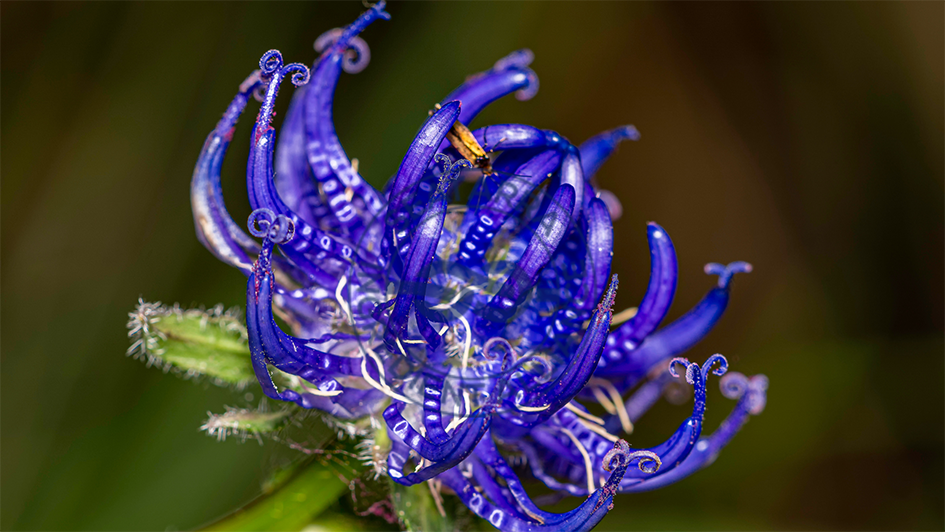
Roots of Recovery: Top Herbs That Aid in Physical Rehabilitation
In the intricate journey of physical rehabilitation, where the body and spirit seek renewal and strength, nature extends its healing hands through the roots and leaves of its botanical bounty. “Roots of Recovery” delves into the profound world of herbal medicine, highlighting the top herbs renowned for their restorative properties that aid in the healing process. From reducing inflammation and pain to enhancing tissue repair and boosting overall vitality, these herbs offer a complementary path to recovery, harnessing the earth’s wisdom to support the body’s natural healing mechanisms.
The Healing Power of Herbs in Rehabilitation
The use of herbs in aiding recovery is as ancient as humanity itself, embedded in the traditions of cultures worldwide. Modern science now begins to uncover the mechanisms behind these natural remedies, validating their role in physical rehabilitation. These herbs don’t just alleviate symptoms; they target the underlying causes of pain and immobility, offering holistic benefits that promote comprehensive healing.
1. Arnica (Arnica montana): The Trauma Healer
Arnica has long been esteemed for its remarkable ability to reduce bruising, swelling, and pain associated with physical trauma, making it an invaluable ally in the initial stages of rehabilitation.
- Mechanism: Arnica’s anti-inflammatory and analgesic properties are attributed to its sesquiterpene lactones, which help to minimize inflammation and facilitate the healing of tissues.
- Application: Available as creams, gels, and oral homeopathic pellets, arnica is applied topically to affected areas to soothe injuries and expedite recovery.
2. Turmeric (Curcuma longa): The Anti-Inflammatory Powerhouse
Turmeric, with its active compound curcumin, stands at the forefront of anti-inflammatory herbs, offering profound benefits in reducing chronic inflammation and pain, pivotal in the rehabilitation process.
- Mechanism: Curcumin inhibits key molecules involved in inflammation, offering relief comparable to over-the-counter pain relievers but without the side effects.
- Application: Integrated into the diet or taken as supplements, turmeric aids in alleviating joint stiffness and inflammation, enhancing mobility and the body’s capacity to heal.
3. Ginger (Zingiber officinale): The Muscle Relaxant
Ginger, revered for its warming properties, acts as a natural muscle relaxant, soothing sore muscles and joints, and improving circulation, which is essential for healing and rehabilitation.
- Mechanism: Gingerol, the bioactive compound in ginger, blocks the formation of inflammatory compounds and has antioxidant effects that alleviate muscle pain and soreness.
- Application: Consumed as tea, in foods, or as supplements, ginger supports recovery by reducing pain and inflammation.
4. Devil’s Claw (Harpagophytum procumbens): The Joint Soother
Devil’s claw is celebrated for its efficacy in relieving joint pain and arthritis, aiding those in rehabilitation to regain mobility and comfort in movement.
- Mechanism: Its active compounds, harpagoside, and harpagide, have anti-inflammatory properties that specifically target joint pain and help in the management of arthritis.
- Application: Available in capsules or as a tea, devil’s claw can be a part of a daily regimen to support joint health and mobility.
5. Comfrey (Symphytum officinale): The Tissue Regenerator
Comfrey is known for its remarkable ability to heal broken bones, wounds, and sprains, earning it the nickname “knitbone.” It accelerates tissue repair, a vital aspect of rehabilitation.
- Mechanism: Allantoin, one of comfrey’s primary compounds, stimulates cell proliferation, hastening the repair of damaged tissues.
- Application: Used topically as a cream or poultice, comfrey is applied to the skin over areas of bruising, fractures, and sprains to facilitate healing. Note: Comfrey should not be used on open wounds or taken internally due to potential toxicity.
Integrating Herbs into Rehabilitation Programs
Incorporating these herbs into a rehabilitation program involves a collaborative approach, where herbal remedies complement conventional therapies. Consultation with healthcare professionals is crucial to ensure safety and efficacy, particularly when integrating herbal supplements with other medications.
Beyond Pain Relief: Herbs for Overall Vitality
Rehabilitation is not solely about alleviating pain but also about nurturing the body’s resilience and vitality. Herbs like ashwagandha for stress, ginseng for energy, and gotu kola for cognitive function support the body’s holistic recovery, addressing the physical, emotional, and mental aspects of healing.
Sustainability and Ethical Considerations
As we turn to the healing powers of these herbs, it’s essential to consider the sustainability of herbal practices. Ethical sourcing, supporting organic and fair-trade practices, and advocating for the conservation of medicinal plants are steps toward ensuring that these natural remedies remain available for generations to come.
Conclusion: Embracing Nature’s Path to Recovery
“Roots of Recovery” illuminates the path to rehabilitation illuminated by the healing powers of arnica, turmeric, ginger, devil’s claw, and comfrey. These herbs, gifts from the forest pharmacy, offer more than mere symptom relief; they provide a holistic approach to healing, embodying the interconnectedness of body, mind, and nature. As we harness their restorative powers, we embark on a journey of recovery that is nurtured by the very essence of life, grounded in the wisdom of the earth, and sustained by the resilience of the human spirit.



